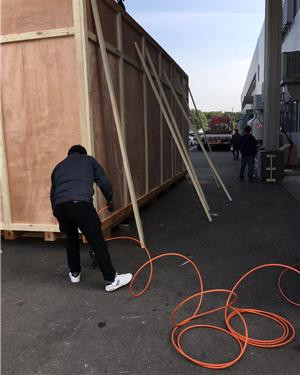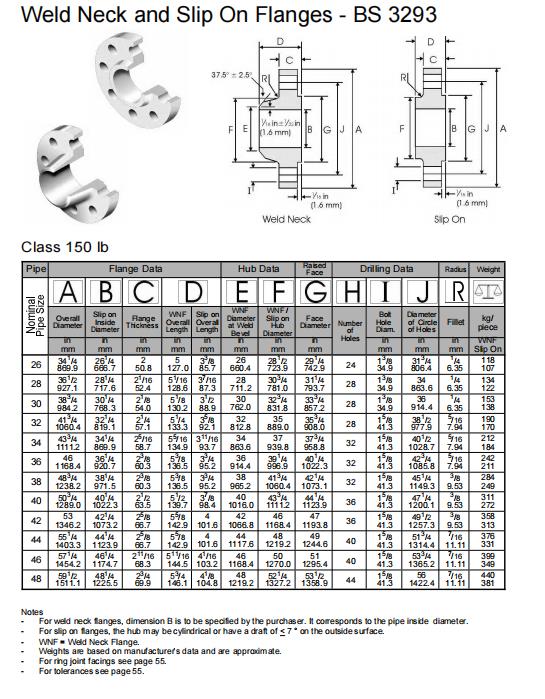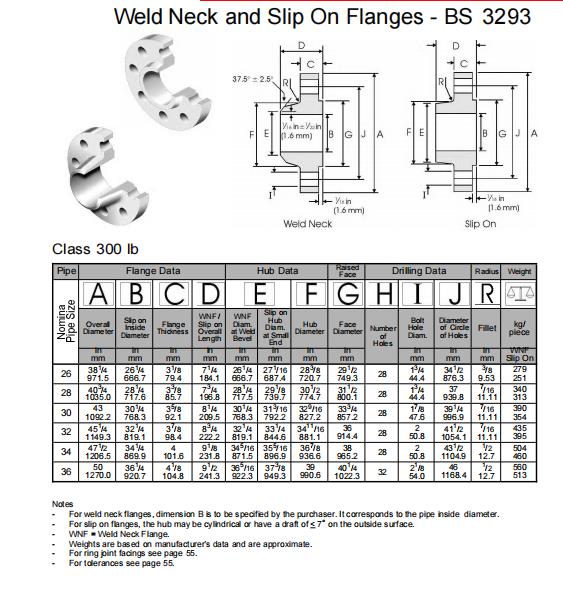AWWA C207 ASTM A105 Hubbed Slip On Flange Large diameter SO
Product Data
| Hubbed slip on flange | |||||
| Standard | AWWA C207 | ||||
| Pressure | CLASS D(175-150PSI)、CLASS E(275PSI) | ||||
| Size NPS | 4"-72" DN100-DN1800 | ||||
| Surface | Flat Face, Raised Face,Tongue and Groove, Ring Joint | ||||
| Material | Stainless steel: F304,304L,316,316L,321,A105,A36etc | ||||
| Process Method | Black Painting / Anti Rust Oil / Hot Dip Galvanized | ||||
Product Introduction
AWWA C207 is a standard for steel flanges and blind flanges issued by the American Water Works Association (AWWA). This standard specifies requirements for the size, material, pressure rating, nominal diameter, and flange surface shape of steel flanges and blind plates.
AWWA C207 is not an international standard, but an American national standard (ANSI/AWWA C207). However, many countries and regions have adopted the AWWA C207 standard or its variants as their local standard for steel flanges and blind flanges. For example, Canada, Australia, New Zealand, Mexico, and some Middle Eastern countries all use the AWWA C207 standard or its variants.
The flat welding flange with a neck in the AWWA C207 standard is a steel flange connection, also known as a flange ring, which has a circular flange face and a cylindrical neck. This type of flange is usually used to connect pipelines, valves, pumps, and other equipment in hydraulic systems, water pipelines, and other liquid conveying systems.
Size and pressure rating:
According to the AWWA C207 standard, the nominal diameter range of neck flat welding flanges is from 3 inches to 144 inches, and the pressure rating range is from 150 pounds per square inch to 2500 pounds per square inch. The parameters such as neck diameter and thickness, flange face thickness, number and diameter of bolt holes, and type and thickness of sealing gaskets for flat welding flanges with necks are also specified in the standard.
But in actual production, due to equipment issues and export transportation restrictions, the actual production size is approximately 3 inches to 72 inches, which is DN100 to DN1800.
Installation:
The installation of slip on flange usually requires connecting the flange surface with bolts and nuts at the end of the pipeline, and sealing with gaskets to ensure tight and water tight pipeline connections. This connection method has the advantages of convenient connection, high reliability, and strong disassembly, and is widely used in various pipeline systems.
Comparison
Neck flat welding flange and plate flat welding flange are two commonly used steel flange connectors, which are slightly different in structure and usage. The following is a comparison between them:
Structural form: The neck flat welding flange has a cylindrical neck, while the plate type flat welding flange does not have a neck and only consists of a flat flange and flange gasket.
Scope of use: Necked flat welding flanges are usually used to connect pipelines, valves, pumps, and other equipment in hydraulic systems, water pipelines, and other liquid conveying systems, while plate type flat welding flanges are usually used to connect smaller pipelines and equipment.
Pressure bearing: Due to the thicker neck and flange surface of the neck flat welding flange, it can usually withstand higher pressure levels ranging from 150 pounds per square inch to 2500 pounds per square inch. Plate type flat welding flanges can usually only withstand lower pressures, with a pressure rating range typically below 150 pounds per square inch.
Installation method: Necked flat welding flanges usually require the use of bolts and nuts to connect them to the end of the pipeline, while plate type flat welding flanges usually use flange gaskets and bolts to connect them to the end of the pipeline. Both connection methods require strict control of connection torque and tightness.
In summary, neck flat welding flanges and plate flat welding flanges have different applications in different pipeline systems and equipment. The selection of suitable flange connectors needs to be determined based on the specific requirements of the pipeline system and equipment.
1.Shrink bag–> 2.Small Box–> 3.Carton–> 4.Strong Plywood Case
One of our storage

Loading

Packing & Shipment
1.Professional manufactory.
2.Trial orders are acceptable.
3.Flexible and convenient logistic service.
4.Competitive price.
5.100% testing,ensuring the mechanical properties
6.Professional testing.
1.We can guarantee the best material according to related quotation.
2.Testing is performed on each fitting before delivery.
3.All packages are adapt for shipment .
4. Material chemical composition is conformed with international standard and environment standard.
A) How can I get more details about your products?
You can send an email to our email address. We will provide catalogue and pictures of our products for your reference.We can also supply pipe fittings, bolt and nut, gaskets etc. We aim to be your piping system solution provider.
B) How can I get some samples?
If you need, we will offer you samples for free, but new customers are expected to pay express charge.
C) Do you provide customized parts?
Yes, you can give us drawings and we will manufacture accordingly.
D) To which country have you supplied your products?
We have supplied to Thailand, China Taiwan, Vietnam, India, South Africa, Sudan, Peru , Brazil, Trinidad and Tobago, Kuwait, Qatar, Sri Lanka, Pakistan, Romania, France, Spain, Germany, Belgium, Ukraine etc. (Figures here only include our customers in latest 5 years.).
E) I can’t see the goods or touch the goods, how can I deal with the risk involved?
Our quality management system conforms to the requirement of ISO 9001:2015 verified by DNV. We are absolutely worth your trust. We can accept trial order to enhance mutual trust.
Products categories
-

Phone
-

E-mail
-

Whatsapp
-

Top













